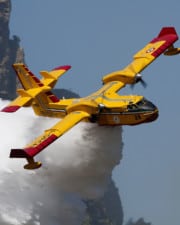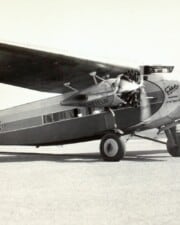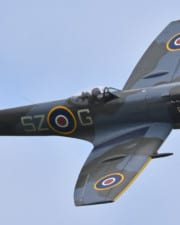Though around long before, the modern aviation industry was born in the so-called “Golden Age of Aviation” – the 20 or so year period during the 1920s and 1930s which saw rapid development of the aviation industry.
The period saw unrivaled breakthroughs in aviation which revolutionized how people fly.
It progressed from slow and wooden biplanes (an aircraft with two pairs of wings, one above the other) to streamlined metal monoplanes (a plane with one pair of wings). The military service embraced airpower, and aviation came of age.
You are probably wondering what happened during the Golden Age of Aviation? In this article, we will explain all there is to know about the Golden Age of Aviation.
What Kicked Off the Golden Age of Aviation
Civil aviation expanded after the first world war. This was made possible by surplus aircraft like the DH-4 and Curtiss “Jenny” produced to train World War I soldiers and were used by civilians after the war.
They were popular among barnstormers who went from town to town putting on air shows that wowed the people across the country. For a small fee, they took people on brief sightseeing flights which changed the world’s imagination of aircraft.
People learned that it was not limited to destroying targets from the air by bombing, but that it was also a machine with huge economic potential.
One of the most notable events during the golden age of aviation was Charles Lindbergh’s solo flight on his monoplane across the Atlantic Ocean in June 1927.
Charles’ flight sparked the public’s imagination. To fly over the North Atlantic by air was incredible. It was unbelievable to do it alone in a small engine airplane flown by a pilot who had never seen the ocean before.

A few months later after Lindbergh’s solo flight, Amelia Earhart became the first woman to fly over the Atlantic as a passenger, and in 1932, she became the first woman to fly solo. Watch the movie ‘Amelia’ if you’re interested in the story.
These record-breaking flights and air shows spurred manufacturers to build better and faster flights.
Why Were the 1920s and 1930s Called the Golden Age of Aviation?
The most exciting period in aviation history was the 1920s and 1930s. It was a time when airplanes had classic lines and characters, air races, barnstorming displays, few regulations, and pilots were famous heroes.
Aviation was still in its early stage as the reality of flight progressed from fragile aircraft with questionable power and poor controls to powerful and fast airplanes.
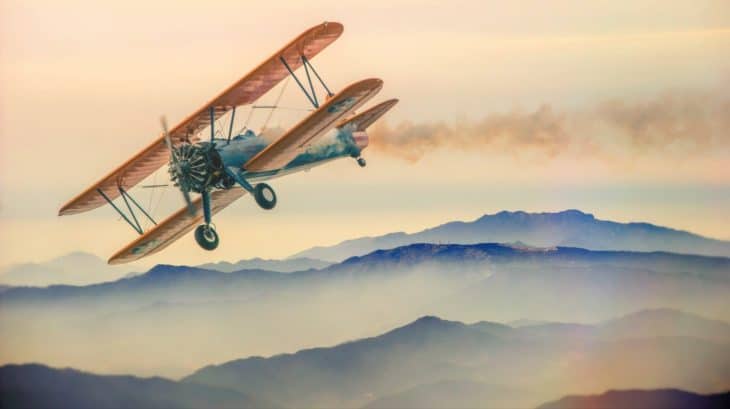
Immediately after World War Ⅰ ended, many European countries started to consider the potential commercial use of airplanes.
A few months later, Germany launched the world’s first passenger airline service using heavier-than-air craft between Leipzig, Berlin, and Weimar.
The French and British both started passenger service in 1919, using modified military bombers to carry passengers between London and Paris. It started in the United States in the late 1920s.
After World War I, the biggest challenge of aviation was to prove to the non-flying public the airplane’s capabilities. The first obstacle to be challenged was the Atlantic Ocean, conquered in 1919.
As these record-breaking flights continued, people worldwide became turned on by aviation. And by the outbreak of World War II in 1939, the biplane had become almost obsolete.
This breakthrough was made possible by the continuing development of lightweight aero engines of increasing power. The jet engine was also developed in the 1930s, although it was not put into service until much later.
During this time, civil aviation grew in popularity. Many commercial airlines were founded, and long-distance flights became possible for the first time for luxury travelers. Many daring feats took places, such as round-the-world flights and air races.
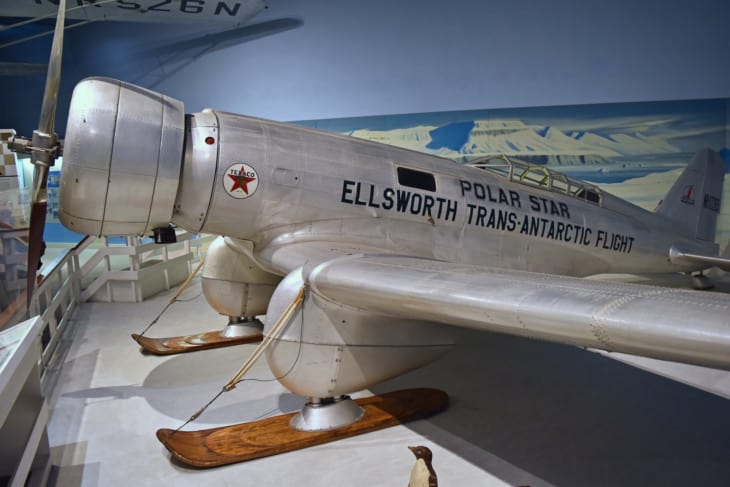
The impact of the golden age of aviation on other forms of aviation include:
Aeronautical Contributions
Aeronautics had several contributions during the golden age of aviation. The airlines needed larger and faster airplanes to attract more passengers away from the railroads, and they also required safer airplanes.
Accidents like the one that killed Knute Rockne (Notre Dame football coach) and seven other men in 1931 discouraged people from flying in large groups. Aircraft manufacturers responded to the issue.
Later on, there were so many improvements to aircraft in the 1930s that many consider it was the most innovative time in aviation history.
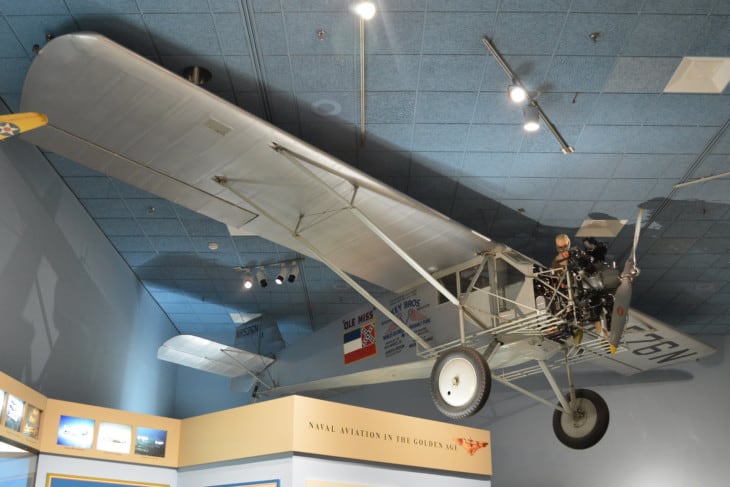
For example, the biplane gave way to a more efficient monoplane. Better wing shapes and cowlings to enclose engines were developed. Retractable landing gears came into existence, and deicing equipment was designed for safer all-weather flying.
James Doolittle researched aircraft instruments to make flying at night and in bad weather safer, resulting in night and navigation instruments and two-way radios in aircraft.
By the mid-1930s, aircraft design and construction technology had advanced to the point where it was possible to mass-produce all-metal airplanes.
Military Aviation
The fast all-metal monoplane emerged slowly in military aviation. During the 1920s, the high-wing parasol monoplane competed with the traditional biplane.
It wasn’t until 1932, when the American Boeing P-26 Peashooter arrived, almost 15 years after the first low-wing monoplane to enter military service, began to gain favor.
These were pioneered in 1933 by the Soviet Union with the Polikarpov 1-16 fighter. The 1-16 fighter was initially powered by an American wright cyclone nine-cylinder radial engine.
Within a few years after the 1-16’s first flights, the British Supermarine Spitfire of 1936 and the German Messerschmitt BF 109 of 1935 were also flying. The rotary engines common in World War Ⅰ immediately fell out of favor. A powerful stationary air-cooled radial engine replaced them.
Civil Aviation
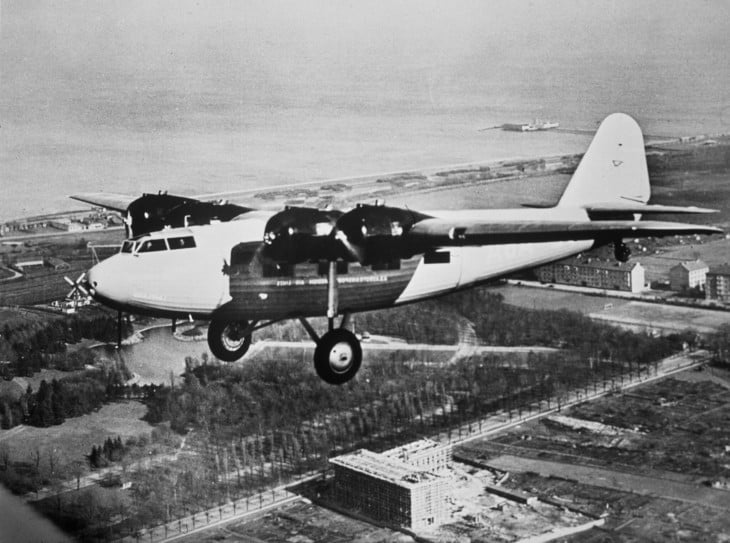
Many aviation first occurred within this period. Long-distance flights by pioneers like Charles Lindbergh, Amy Johnson, and Sir Charles Kingsford Smith paved the way for new commercial airlines.
Many of these new routes lacked modern runways. And this was the era of flying boats such as the British Short Empire and German Dornier Do X, which could operate from any clear and calm water length.
Barnstorming and other aerobatic displays grew in popularity at this time, producing a corps of skilled pilots who would serve in military air forces on all sides of the conflict during World War II.
Recreational gliding thrived in Germany through Rhön-Rossitten (a German flying club). In the United States, the Schweizer brothers produced sports sailplanes to accommodate the growing demand.
Sailplanes continued to progress through the 1930s, and sport gliding became the main application of gliders.
How Did WWI Affect the Aviation Industry?
Aircraft had existed for a few years before the First World War. But by the outbreak of the war, more sophisticated machines were built.
Before 1914, the concept of “air superiority” was unheard of, but winning the war in the sky became a tactical necessity by the end of the great war.
At first, aircraft were used for reconnaissance (military term for gathering information). World War I was fought by the British and German forces on the Western Front as a war of attrition.
At that time, instead of combat, each army stayed in trenches that marked the edges of their territory and tried to wear the other side down with constant small attacks.
In the Western Front trenches, it was difficult for each side to figure out what the opponent was doing. Aircraft were used to photograph what was going on and these pictures were used to create maps.
For example, in March 1915, at the Battle of Nerve Chapelle, photographs taken by a British pilot Lieutenant Charles Darley made them change their attack plans after the pictures showed new German trenches.
Those sharp and zoom-in images gave field commanders the intelligence for positioning artillery and planning troop movements. However, taking the pictures involved great risk to the pilot because he had to fly in a straight line, becoming a target for enemy ground troops.
Reconnaissance aircraft were everywhere at the start of World War I that enemy pilots would wave at each other as they crisscrossed the front lines. But it wasn’t long before the burning desire to shoot down enemy planes sunk in.
In early fights, pilots carried guns and hand grenades, and some even dropped bombs and missiles.
This was dangerous, and it was hard to hit targets on the ground unless the pilot flew very near to the ground, which left them vulnerable because the aircraft was also fired on by the enemy troops and sometimes shot down.

Anthony Fokker, a Dutch engineer, created the synchronization gear to make the pilots less vulnerable. It allowed a front-mounted machine gun to fire through the aircraft’s rotating propeller blades. All the pilot had to do was aim the nose of the plane at the enemy and fire.
For the first time, planes took to the air with the purpose of air-to-air combat. And from the moment that fighters became practical, that was the start of an arms race for air superiority.
How Did WWII Impact the Aviation Industry?
During the second world war, warfare changed from combat tactics used in previous wars. Aviation became a crucial part of modern warfare. As countries competed for dominance, they were forced to improve their aircraft.
At this time, investments in aircraft technology moved the aviation industry forward in leaps and bounds, paving the way for the modern aircraft used in passenger operations today.
Types of Aircraft Used
The three main types of aircraft used during World War II include:
● Bombers: They were used to carrying bombs to drop on targets.
● Fighters: They were used for air combat. They were the fastest and easiest to maneuver and were often used with bombers to shoot down enemy bomber planes.
● Cargo aircraft: They carried supplies and troops during the war.
What Event Brought the Golden Age of Aviation to a Close?
The golden age of aviation ended with the short flight of Howard Hughes’s giant flying boat called Hercules.
It is a prototype airlift flying boat designed and built for the use of transatlantic flight transport during World War II, however, it was not completed in time to be used in the war.
The aircraft made only a short flight on November 2, 1947, and the project never advanced beyond the single example produced.
In 1942, the United States war department needed to transport military materials and equipment to Britain. Packs of German U-boats patrolled the oceans, sinking allied vessels at a massive rate and threatening vital supply lines.
As a result, there was a request for an airplane capable of crossing the Atlantic with a big payload.
This idea was initiated by Henry Kaiser, a leading Liberty shipbuilder, and manufacturer. Henry suggested giant flying boats should carry cargo over the sea out of the reach of enemy torpedoes.
Although Henry knew about ships, he had no experience in aviation. He teamed up with aircraft designer Howard Hughes to create what would become the largest aircraft yet built.
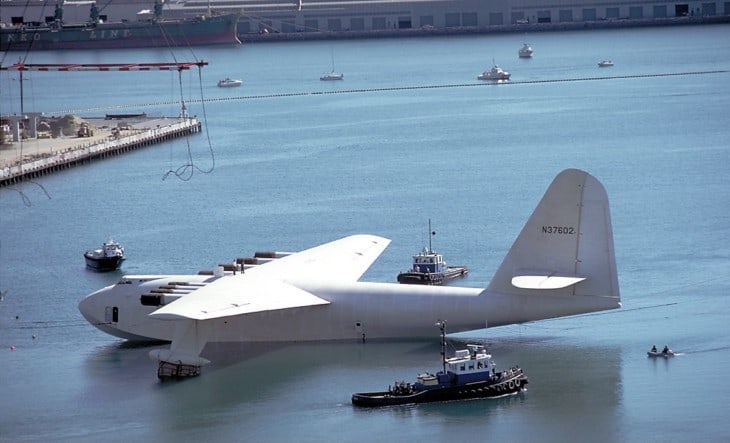
Due to the war, they were not able to build with aluminum. The great flying boat had to be constructed from wood, which many considered to be impossible.
Hughes created a technique called the Duramold. Wafer-thin birch veneers were crisscrossed and bonded together with resins to create strong and beautiful skin that required no rivets.
The entire surface was polished by hand and coated with layers of rice paper and silver aluminum paint.
The Hercules was more than twice the size of any other aircraft at the time. Its wingspan was over 300 feet, longer than the Statue of Liberty. It was designed to carry 400 troops or two Sherman tanks safely across the ocean.
It pioneered advances in control and power systems that paved the way for future large aircraft.
However, the Hercules failed to enter production (a fact that caused Hughes and Kaiser much headache after the war) highlighting that though aviation technology had come a long way since the end of WWI, some ideas were just too advanced for the time.
Legacies of the Golden Age of Flight
New Aircraft Designs
The monoplane design was introduced during World War II. Although some biplanes were in service throughout the war, new aircraft were designed with a clean, unbraced monoplane wing.
Along with this, lightweight metals like aluminum alloys increased, and the use of enclosed cockpits and variable pitch propellers.
The tail assembly or empennage became much more similar to what we see today, and aircraft used retractable landing gear and flaps, which are essential to modern aviation.
Jet Fighter
The world’s first operational jet fighter was the German Messerschmitt Me 262. It went into service with the Luftwaffe in 1944, with a top speed of 559 miles per hour.

This new technology allowed planes to fly higher and faster than ever before, paving the way for future jet engine advances in passenger aircraft.
Radar
The second world war also saw the extensive use of radar for the first time. Developed in the decade before World War II it could detect approaching aircraft from miles away. And this allowed British fighters to intercept bombers before they arrived.
During World War II, this technology was further developed for aircraft. This allowed Royal Air Force pilots (RAF) to find their enemies, even when they could not see them.
Pressurization
The largest bomber of World War II was the B-29 Superfortress. This aircraft was responsible for the bombing of Hiroshima and Nagasaki in 1945.
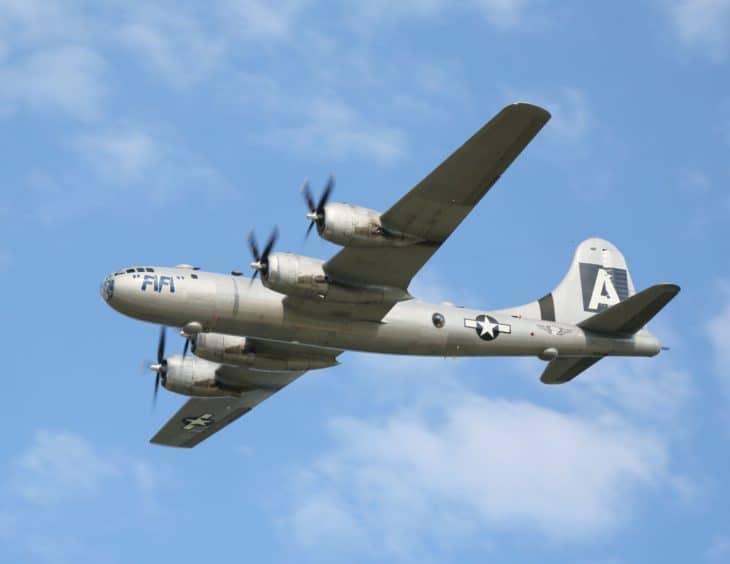
It was one of the first times pressurized cabins were used. This protected the crew from zero temperature when flying long-range bombing missions. It is something we rely on today for long-distance flights.
Although there had been some experiments with pressurization before World War II it was not until the demands of war pushed the boundaries of technology that it came into play.
Airfields
At the outbreak of the war, very few airports could support military operations. Throughout the war, aerodromes were built all over participating nations.
After the war, many of these became civil aviation bases, signaling the move from flying boats for long-distance operations to modern land planes.
Related Posts



